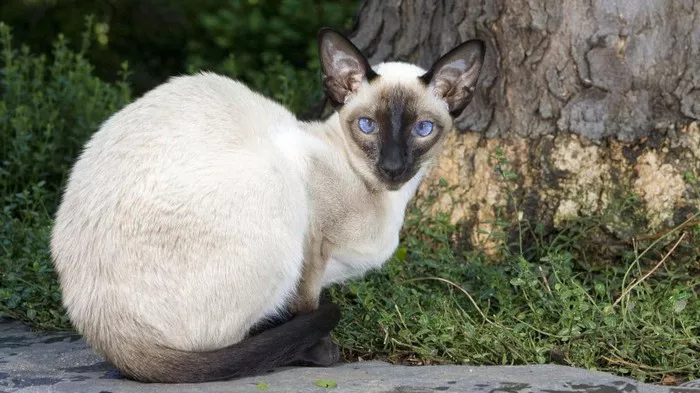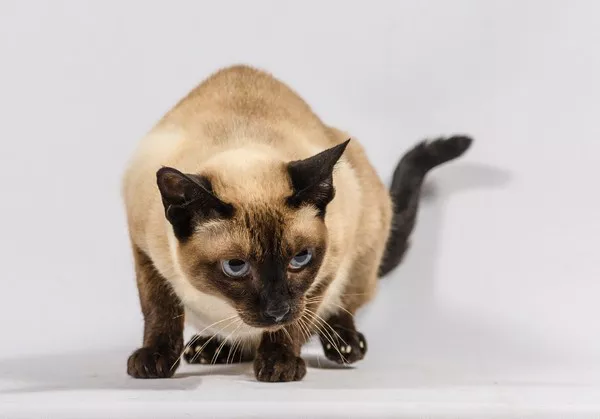As a responsible cat owner, you want the best for your feline friend’s health and well-being. While cats are obligate carnivores and primarily require a meat-based diet, you may wonder if it’s safe to offer them fruits as an occasional treat. In this article, we’ll explore the world of fruits and cats, discussing which fruits are safe for feline consumption, the benefits of including fruits in their diet, potential risks to watch out for, and guidelines for offering fruits to your beloved cat.
Understanding Cats’ Dietary Needs
1. Obligate Carnivores
Cats are obligate carnivores, meaning their bodies are designed to thrive on a diet primarily consisting of animal-based proteins. Their nutritional requirements are centered around meat and specific nutrients found in animal tissues.
2. Limited Ability to Digest Carbohydrates
Cats have a limited ability to digest carbohydrates, including sugars found in fruits. Their digestive systems are optimized for breaking down proteins and fats.
Safe Fruits for Cats
1. Blueberries
Blueberries are safe for cats and are rich in antioxidants, vitamins, and fiber. They can be offered as a rare treat, provided they are thoroughly washed and offered in small portions.
2. Watermelon
Watermelon, without seeds or rind, can be given to cats in moderation. It contains high water content, making it a hydrating option.
3. Cantaloupe
Cantaloupe is safe for cats when offered in small amounts without seeds or skin. It’s a source of vitamins and minerals, but should still be considered an occasional treat.
See Aso: Can Cats Eat Strawberries? [Revealed!]
Benefits of Including Fruits
1. Nutritional Variety
While fruits should not replace a cat’s primary diet, offering safe fruits in moderation can add nutritional variety. Fruits contain vitamins, minerals, and antioxidants that can contribute to overall health.
2. Enrichment and Mental Stimulation
Introducing new foods, including fruits, can provide mental stimulation and enrichment for cats. Offering treats in interactive puzzle toys can engage their natural hunting instincts.
Potential Risks and Considerations
1. Sugar Content
Fruits contain natural sugars that cats may not efficiently process. Excessive sugar intake can lead to weight gain and potential digestive issues.
2. Allergic Reactions
Just like humans, cats can have allergies. Introduce new fruits cautiously, watching for any signs of adverse reactions, such as vomiting or diarrhea.
3. Toxic Fruits
Some fruits are toxic to cats and should be avoided entirely. Examples include grapes, raisins, cherries, and citrus fruits. These fruits can cause severe health issues and should not be given to cats.
See Also: Can Cats Eat Bananas? [Revealed!]
Guidelines for Offering Fruits
1. Consult Your Veterinarian
Before introducing any new foods, including fruits, to your cat’s diet, consult your veterinarian. They can provide personalized guidance based on your cat’s individual health needs.
2. Wash and Prepare Thoroughly
If offering safe fruits, make sure to wash them thoroughly to remove any pesticides or contaminants. Remove seeds, pits, and skin before giving them to your cat.
3. Moderation is Key
Fruits should be offered in moderation and should not constitute a significant portion of your cat’s diet. Keep treats to a minimum to avoid disrupting their nutritional balance.
Monitoring Your Cat’s Response
1. Observe for Changes
After offering a new fruit, observe your cat’s behavior and health for any changes. If you notice any adverse effects, discontinue the treat and consult your veterinarian.
2. Variety is Important
Offering a variety of safe fruits can prevent your cat from developing an exclusive preference for one type of treat. This can help ensure that their diet remains balanced.
See Also: Can Cats Eat Apples? A Comprehensive Guide
Conclusion
In conclusion, while cats are obligate carnivores with specific dietary requirements, certain safe fruits can be introduced as occasional treats. Blueberries, watermelon, and cantaloupe are examples of fruits that can provide nutritional variety and enrichment for your feline companion. It’s essential to consult your veterinarian before offering any new foods, monitor your cat’s response, and ensure that fruits are offered in moderation. By following these guidelines, you can provide your cat with a well-rounded diet and the occasional flavorful treat while prioritizing their health and happiness.


























